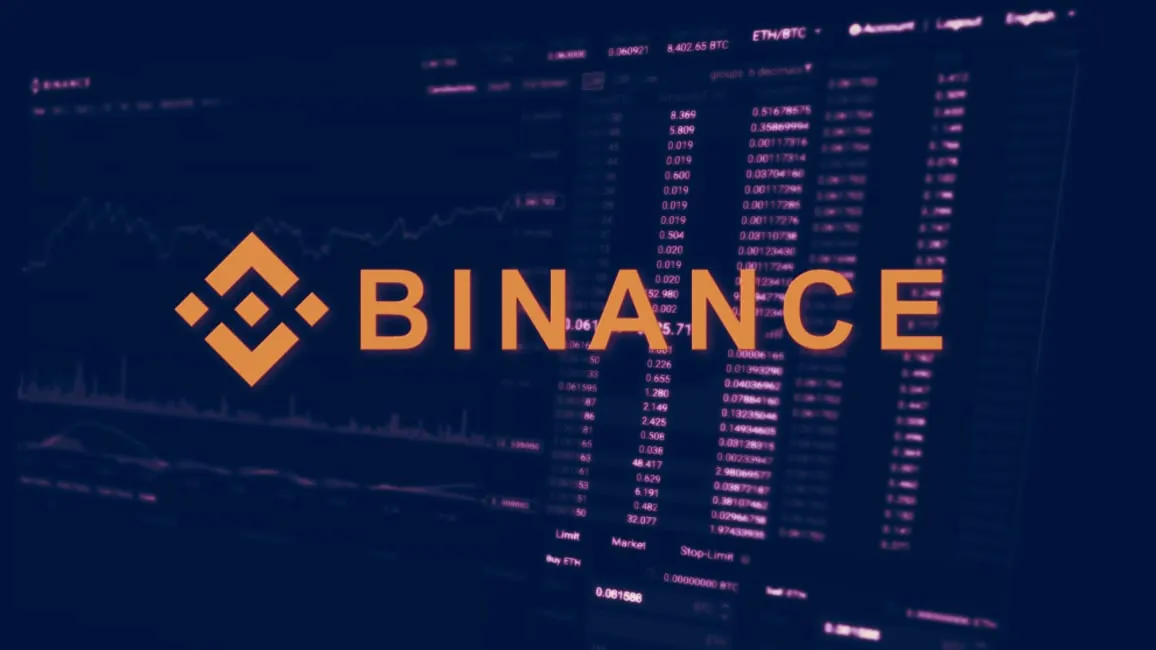It was almost time to call it quits for the humble decentralized exchange (DEX). Despite being touted as a safe solution to the infinitely more hackable centralized exchanges, they aren’t being used. And with this lack of users, comes crippling illiquidity, creating a vicious circle that DEX’s have struggled to escape from.
But all is not lost. Binance has today launched a testnet version of its decentralized exchange, called Binance DEX. And as the crypto exchange with the highest trading volume in the market, it could be the first DEX with enough liquidity to actually get used. Upon launch, it will support the coins du jour, XRP, TRX and EOS, which have all been experiencing—arguably too much—hype recently.
The Binance DEX will run on the Binance Chain, a blockchain platform with one-second block times that confirms transactions in seconds. This means the DEX will be able to verify trades faster than competing platforms, like Ethereum. Once Binance Chain is up and running, Binance’s native coin BNB (currently an Ethereum token) will be migrated onto it and become the native asset of the DEX, and will be used to calculate transaction fees. Such fees are not yet known but coins will have to pay a $100,000 listing fee to get onto the exchange.
Changpeng Zhao, CEO at Binance, said, in a statement, “With the core Binance Chain technology, Binance DEX can handle the same trading volume as Binance.com is handling today. This solves the issues many other decentralized exchanges face with speed and power.”
The statement also clarified that rollbacks cannot happen on the Binance Chain, which is when different nodes choose the longest chain to decide which is the correct version of the blockchain. This is a key part of Bitcoin and other cryptocurrencies and raises the question over whether the platform really is decentralized.
Will the Binance DEX fly?
The problem with centralized exchanges is they have a tendency to get hacked—or worse, lose the keys entirely. DEXs are lauded as a solution to this problem because cryptocurrencies are traded directly from one user’s wallet to another rather than through a vulnerable intermediary. This makes it much harder—and more expensive—for hackers to steal funds. But despite the supposed benefits, users just aren’t using them.
In the last week, the top five DEXs had a combined trading volume worth $8.7 million. In comparison, the top five centralized exchanges had a combined trading volume of $5 billion, and that’s only in the last day. Binance alone has a daily volume of $1.2 billion. So, if it can convert even just one percent of its current user base onto its DEX, it would have more volume than the top five DEXs combined. But can it buck the trend?
So far, experience would suggest yes. Even though ICOs had completely died out and there was not a willing investor in sight by the end of 2018, Binance’s bespoke ICO platform managed to pull off a successful token sale of BitTorrent, raising $7 million in 15 minutes in January this year. So if anyone can make DEXs great again, it’s these guys.

